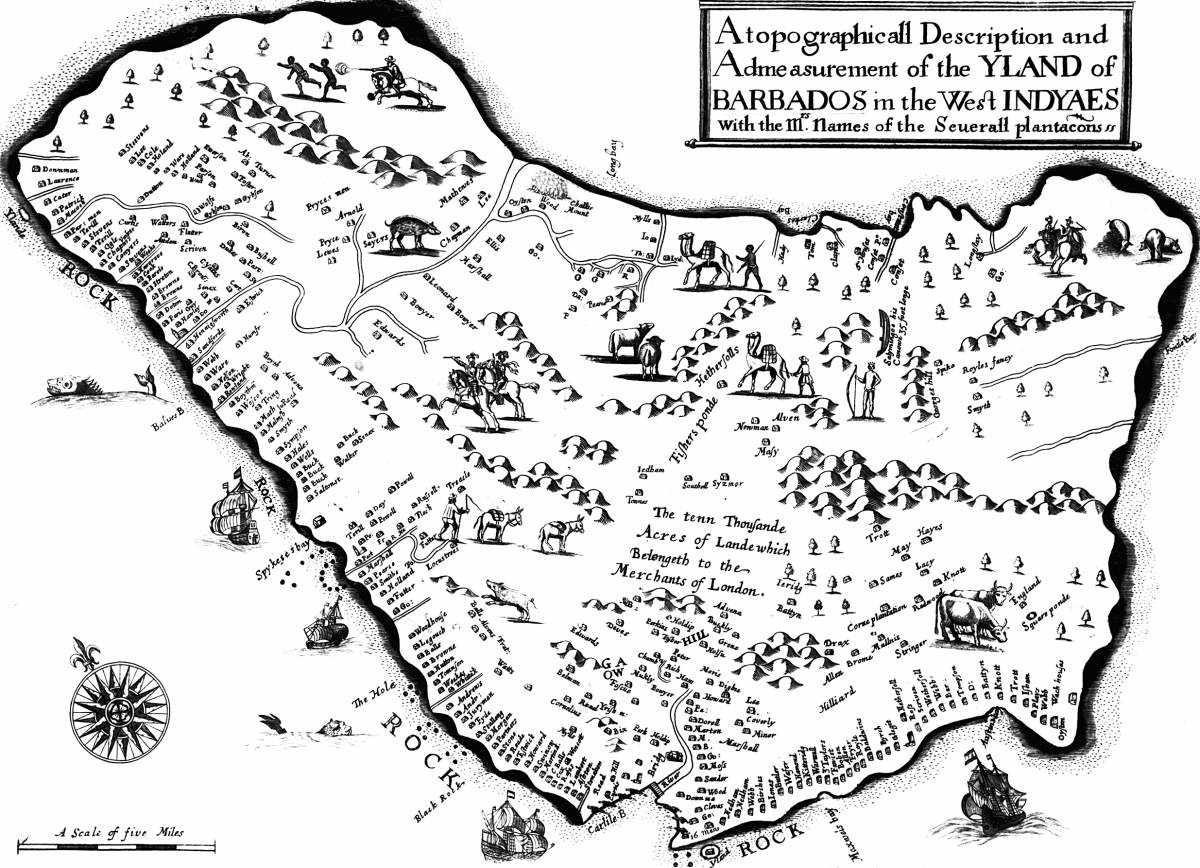Barbados: Cavaliers of the Caribbean
For much of the British Civil Wars the colony of Barbados remained neutral, allowing both Parliamentarian and Royalist exiles to run their plantations and trade side by side. But with the collapse of the king’s cause in the late 1640s matters took a violent turn, as Matthew Parker relates.
 It was set to be a new Marston Moor among the cane fields, palm trees and humid heat of Barbados: on one side the Royalist force, with 3,000 heavily armed foot soldiers and 200 cavalry on the field; facing them was a newly landed Parliamentary army of 1,500 soldiers and 150 cavalry. The confrontation in January 1652 was the culmination of a series of frantic manoeuvres, intrigues and betrayals.
It was set to be a new Marston Moor among the cane fields, palm trees and humid heat of Barbados: on one side the Royalist force, with 3,000 heavily armed foot soldiers and 200 cavalry on the field; facing them was a newly landed Parliamentary army of 1,500 soldiers and 150 cavalry. The confrontation in January 1652 was the culmination of a series of frantic manoeuvres, intrigues and betrayals.





